Carruades de Lafite 2010
- Vintage
- 2010
- Country
- France
- Region
- Bordeaux,Pauillac
- Size
- 750ml
- Rating
- WS93, WA92, WE92
- Grape
- Merlot,Cabernet Sauvignon
Solid, with bright cassis, fig and blackberry fruit studded with tobacco leaf, anise and violet. The long finish has a tarry thread, but stays polished and refined overall, with a whiff of sandalwood lingering gently. Best from 2014 through 2028. - WS93
Deep garnet colored, the 2010 Carruades de Lafite charges out of the gate with bold scents of baked plums and boysenberries followed by hints of menthol, tobacco leaf, cloves and smoked meats. Medium to full-bodied, the palate delivers a well-poised frame of ripe, grainy tannins and seamless freshness supporting the savory flavors, finishing with a spicy kick. Drink: 2020~2040 -WA92
A dense and very tannic second wine from Lafite-Rothschild. Ripe fruits from juicy Merlot balance its power and give sweetness. It's a rich, fine wine, with the tannins of the vintage never too prominent. For medium-term aging. - WE92
Château Lafite Rothschild is a wine estate in the Pauillac region of the Médoc, producing one of the most sought-after and expensive red wines in the world. Lafite Rothschild is known for its perfume, elegance, finesse and harmony, in contrast to the more powerful Latour and Mouton Rothschild. Nevertheless, great vintages can age for 50 years or more.
The precise blend of grand vin can vary depending on the vintage. It often contains between 80-95 percent Cabernet Sauvignon, with Merlot making up much of the rest. In the winery, each plot of grapes is kept seperate for the fermentation to preserve their terroir and allow for maximum control at blending. The wine is aged for up to 20 months in new oak barrels.
Carruades de Lafite is the second wine, with a strong following in its own right. More Merlot (30-50 percent) appears in the final blend. It is aged for 18-20 months, with 80 percent in barrels and 20 percent in tank.
The Lafite Rothschild vineyard covers around 112 hectares (277 acres) on sunny, well-drained sites made up of fine gravel and sand over limestone subsoil. The vineyard is divided into three parts: the vines on the hillsides around the château provide the core material for the grand vin, while the adjacent Carruades plateau to the west is more responsible for the second wine that bears its name.
Additionally a 4.5ha (11 acre) plot in Saint-Estèphe also belongs to the estate; unusually it has permission to include the fruit in its Pauillac-classified wines. Around 70 percent of the vineyards are planted to Cabernet Sauvignon, with 25 percent to Merlot, 3 percent to Cabernet Franc and 2 percent to Petit Verdot. The average age of the vines is 40 years old.
The neighboring property Duhart-Milon is under the same ownership, and managed by the same team as Lafite. Domaines Barons de Rothschild also owns the Premier Grand Cru Classé Château Rieussec in Sauternes, Château L'Évangile in Pomerol, and three Bordeaux brands, Légende, Saga and Résérve Spéciale. Properties further afield include Domaine d'Aussières in Languedoc, Los Vascos in Chile and Bodegas Caro in Mendoza, Argentina.
The estate began to earn its reputation as a winemaking property in the late 17th Century with Jacques se Ségur establishing the vineyard in the 1670s. By the second half of the following century it was known as "The King's Wine" at Versailles after the Maréchal de Richelieu appointed Lafite as the "Fountain of Youth".
In 1787, American Founding Father Thomas Jefferson acquired a passion for the wines of Lafite upon visiting Bordeaux whilst serving as America's ambassador. He composed a list classifying what he considered to be the top wines of the Médoc, including Château Lafite with Château Margaux, La Tour Segur and Haut-Brion with remarkable accuracy; 75 years later, Lafite was one of the four château to be ranked as first growth in the 1855 Bordeaux Classification.
Jefferson remained a staunch customer to the estate upon returning to his homeland, ordering large quantities on wine with his initials marked on each bottle. Today, these bottles fetch astronomical prices at auction, breaking records for the most expensive bottles of wine sold.
The property was purchased by Baron James de Rothschild in 1868, who passed away just three months after leaving it to his three sons Alphonse, Gustave and Edmond. Throughout much of the 20th Century, despite many sublime wines, Lafite Rothschild was regarded as an inconsistent producer but since the mid-1990s it has become more reliable – in fact, it regularly makes claims for wine of the vintage. - Information from Wine Searcher


